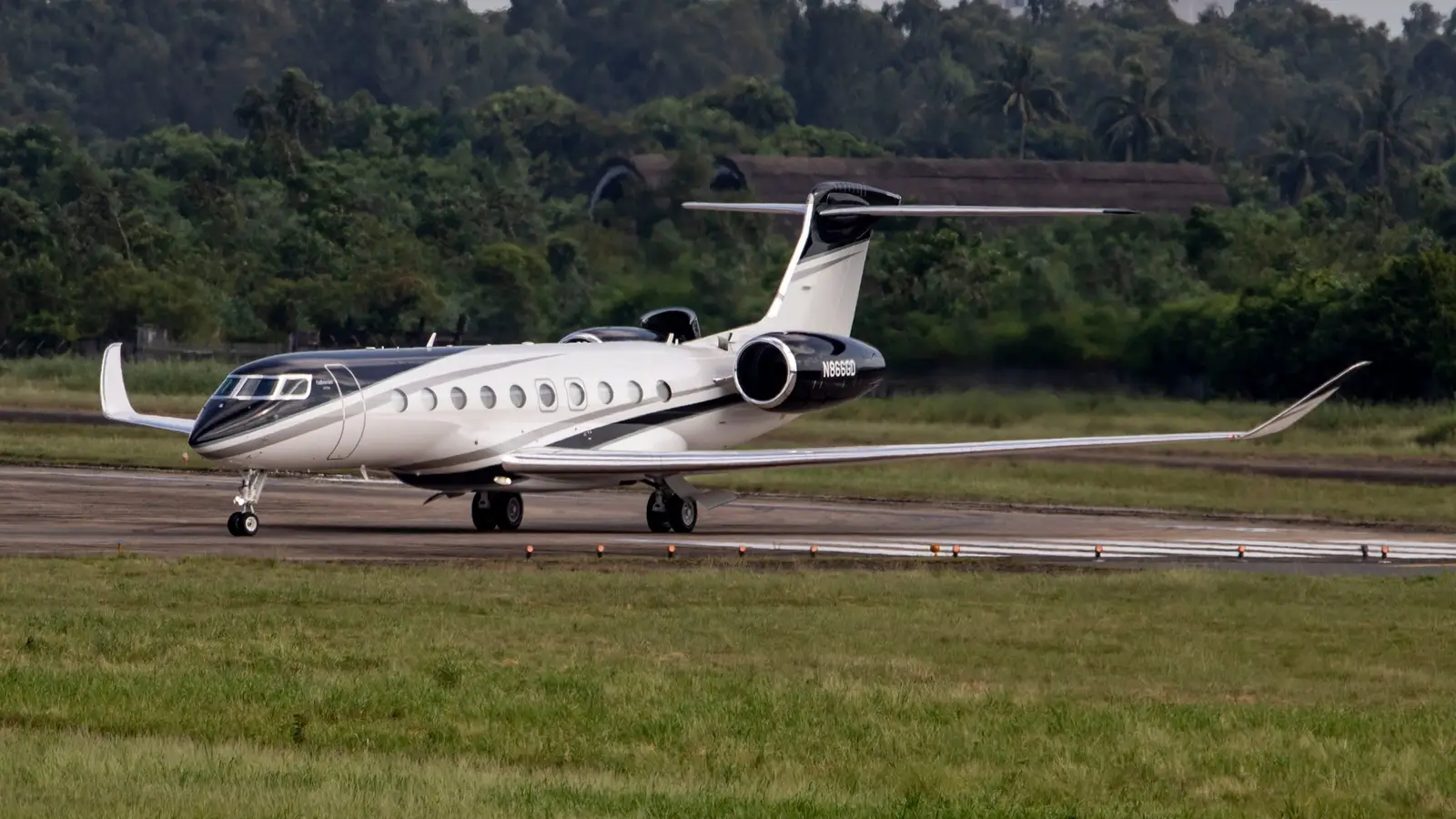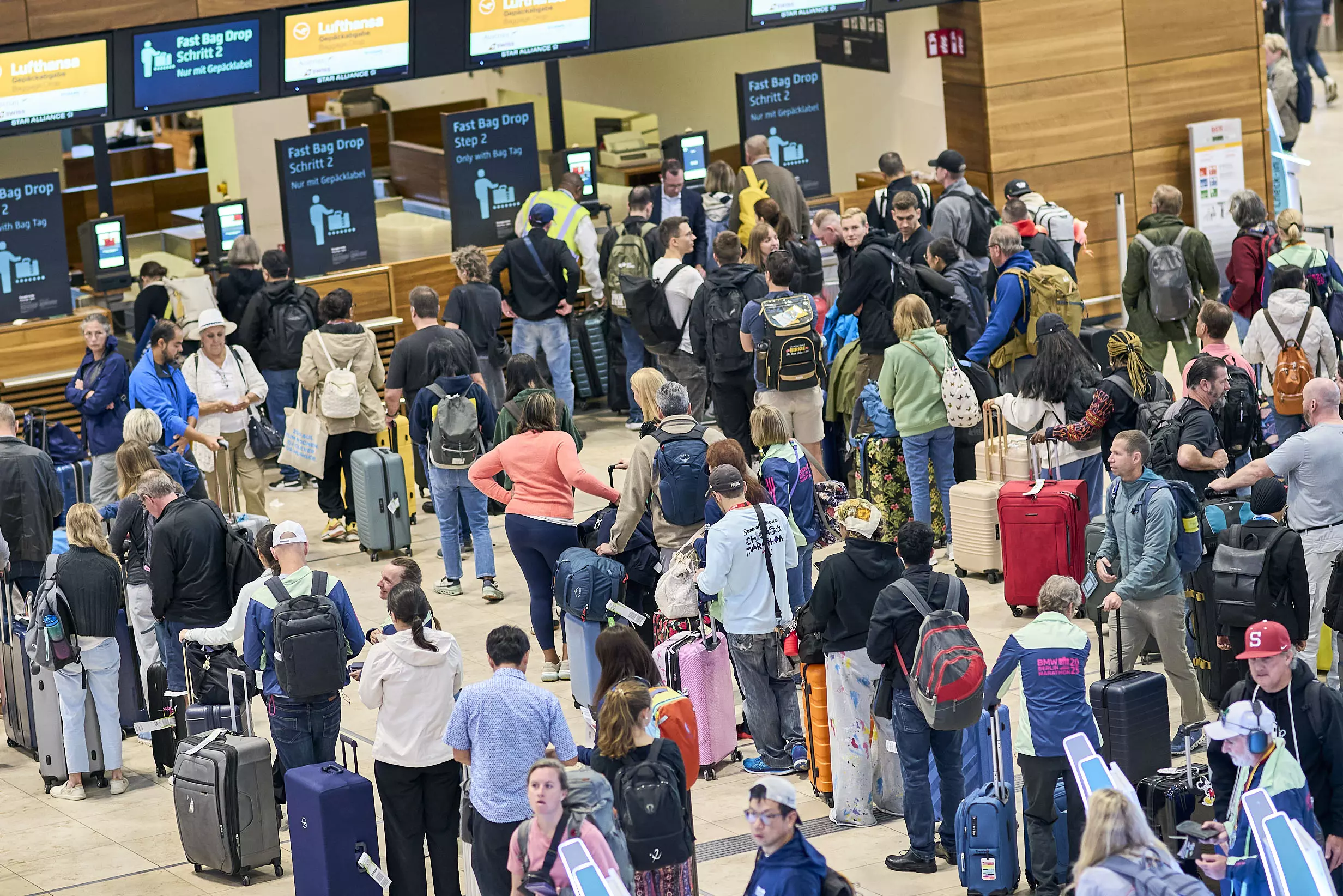
Almost every aviation enthusiast at one point or another has wanted to be a commercial pilot, and those who commit to flying as a career are often rewarded with a high-paying career that also allows them to command the very aircraft that we all admire. Generally, commercial pilots are thought of as being airline pilots, but this isn’t necessarily true. Airline pilots specifically hold an ATPL, while a commercial pilot’s license allows the certificate holder to be compensated for flying.
In other words, a CPL permits a pilot to fly for a job. All ATPL holders are commercial pilots, but not all CPL holders are airline pilots, and as such, commercial pilots work in a wide variety of different jobs. One of those job types is going into private aviation. Private aviation jobs can come in a wide variety of shapes and sizes, with some corporate pilots working for companies like NetJets, while others may simply fly for an individual.
The Qualifications Needed To Fly Corporate
Before you try to land a job flying corporate jets (or any plane, for that matter), you’ll need pilot’s licenses. The first one is the Private Pilot’s License, permitting you to fly an aircraft recreationally. Next up is getting a Commercial Pilot’s License, allowing you to be compensated for flying an aircraft. However, to get hired by any company or individual, you’ll also need an Instrument Rating, which allows pilots to fly in a wide variety of weather and visibility conditions.
Before you can hop into a Cessna Citation, however, you’ll also want to get a multi-engine rating (as almost all business jets have two engines). However, with your CPL, IR, and multi-engine, you still won’t qualify for most private aviation pilot jobs, as employers generally require far more experience than the 250-hour minimum needed to obtain a CPL. As such, while it’s not a given rule, prospective private jet pilots usually need to build time in other lines of work, such as flight instructing.
Exact costs vary hugely, but training for a PPL typically costs anywhere from $15,000 to $30,000, with the potential to rise even more. Instrument and multi-engine training can cost in excess of $10,000 each, and a CPL typically costs from $30,000 to $45,000. Of course, these figures depend on the school and how long it actually takes to complete each rating. There’s also the possibility of needing additional ratings, such as a high-altitude endorsement, which adds to the cost.
Looking At The Types Of Private Jet Operators
Some private jets are owned by individuals who happen to need a pilot. However, most corporate planes are operated by charter or fractional companies that operate more similarly to an airline in terms of their pilot groups. These companies usually operate under FAA Part 135 regulations, which regulate companies operating aircraft with 30 seats or fewer or with a maximum payload capacity of 7,500 pounds or less.
Flying for these companies is similar to flying for an airline. Except for those flying aircraft like a King Air, flights operate with a Captain and a First Officer, and seniority is everything. Your date of hire determines your pay, your schedule, as well as your aircraft. Larger planes sometimes pay more money, and many of these operators have set domiciles. There is, however, flexibility in that pilots can choose their base regardless of seniority in some cases, or may be home-based in others.
Most companies require pilots to hold at least 1,500 hours or otherwise be ATP qualified, meaning that this is a field chosen by those who otherwise qualify to go to the airlines. Additionally, operators typically pay out per diem on layovers and give pilots set schedules, rather than placing them on call. Type ratings are also paid for by the company, rather than by the individuals. However, these jobs remain competitive.
How Much Does It Pay?
Using data from AirlinePilotCentral, we can examine how much various charter and fractional companies compensate their pilots. These are placed into the fractional, charter, and Part 135 categories, but, in practice, these companies all provide similar services regarding private jets. Oftentimes, these companies operate light or midsize jets, and it’s less common to see a large aircraft, such as a Gulfstream G700 or Bombardier Global, being flown by these operators.
Whereas pay is structured relatively uniformly across different airlines, the private aviation industry has more variability. Some companies pay a yearly salary, while others pay by the day. Per diem is also structured differently, as airlines typically pay this by the hour, whereas some business jet operators pay out per diem by day. Below is a comparison of four private jet operators displaying their starting pay rates and top pay rates.
Hourly rates are not nearly as common in private aviation, whereas this is how nearly every airline compensates its pilots. Additionally, almost all US airlines have unionized pilot groups, whereas few, if any, business jet operators have unionized workgroups. These companies are also small in comparison. Indeed, NetJets currently has slightly under 2,800 pilots on its roster, whereas Delta Air Lines has well over 17,000 pilots.
A Deeper Look At Private Pilots’ Schedules
At an airline, pilots bid for a monthly schedule. Usually, this will involve a series of single-day, two-day, three-day, four-day, or six-day trips, and a pilot may have anywhere from 12 to 22 days off in a given month. Junior pilots are usually placed on reserve, in which they are on call and have fewer days off, though senior pilots do sometimes bid reserve schedules. Pilots are paid for a minimum number of hours, and receive more money if they fly more hours than the monthly guarantee.
In the private aviation world, it depends. Once again, there is far more variance with scheduling and bidding. Wheels Up, for instance, offers eight days on/six days off rosters to all of its pilots, along with guaranteed days off. JSX offers line-holding pilots a minimum of 14 days off per month. NetJets, meanwhile, offers seven days on/seven days off as a default, and also offers schedules with an average of 13 days, 15 days, 18 days, or 19 days worked per month.
While the trip structure may be different from that at an airline, the actual time worked per month is fairly similar. Private jet operators also offer competitive health care packages and retirement plans. With homebasing available at many carriers, some also prefer the lifestyle offered by the private aviation world, as the only requirement for these types of schedules is to live close to any commercial airport, and the company pays for any commuting.
Other Aspects Of Being A Private Jet Pilot
The trips themselves are not always predictable for a private jet pilot. While operators have developed schedules to try to emulate the commercial airline lifestyle, the on-demand nature of the industry means that pilots often don’t know where they’re flying to until they’re called. In this regard, it’s similar to a reserve schedule at an airline, and this type of unpredictability can be unappealing to those who prefer to know where they’re flying to in advance, like line-holders at an airline.
The other benefit offered by major US airlines, in particular, is job stability. Not only do most US Part 121 carriers have unionized pilot groups, but the ‘big three’ (American, Delta, and United) have grown so large that there’s little risk that any of these three will liquidate in hard times. Furloughs do often occur during periods of losses, but furloughed pilots are still recalled when the airline stabilizes. Working at a private jet operator is riskier in this sense.
While there are individual private jet owners as well, sourcing details about these jobs is far more difficult because details such as pay and schedule are not always disclosed. It is estimated, however, that crews working for some of the world’s wealthiest figures are some of the highest-paid pilots in the world, with salaries $300,000, $400,000, or even $500,000 per year in rare cases.
Do You Want To Fly Private Jets?
Airline flying is often viewed as the top industry for pilots to work in, given the schedules, high pay, and the glamour of piloting some of the world’s largest aircraft. However, operators in the private jet world offer salaries that are extremely competitive with commercial aviation in many cases, and while the trips are far different than anything an airline pilot flies, schedules are also competitive.



